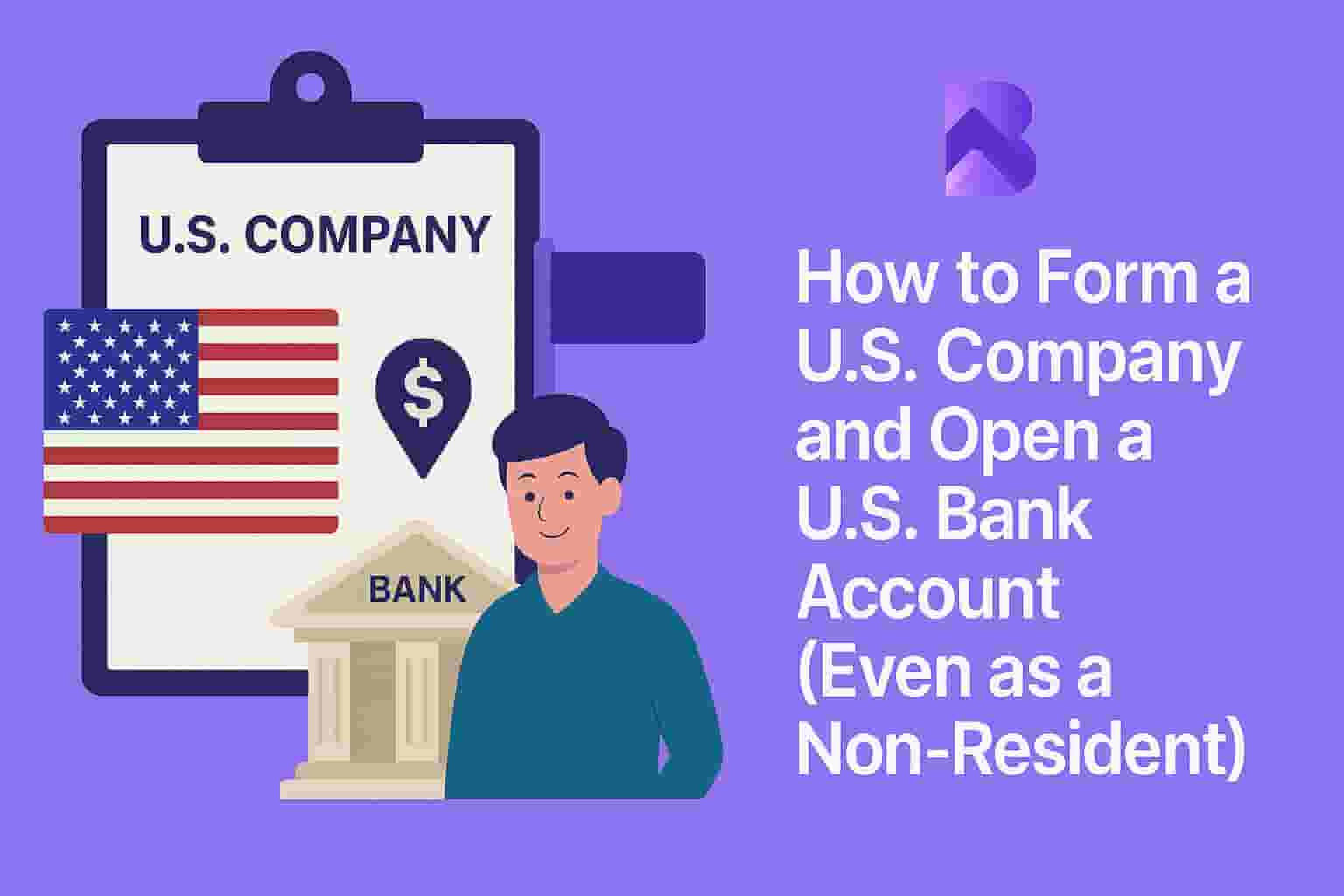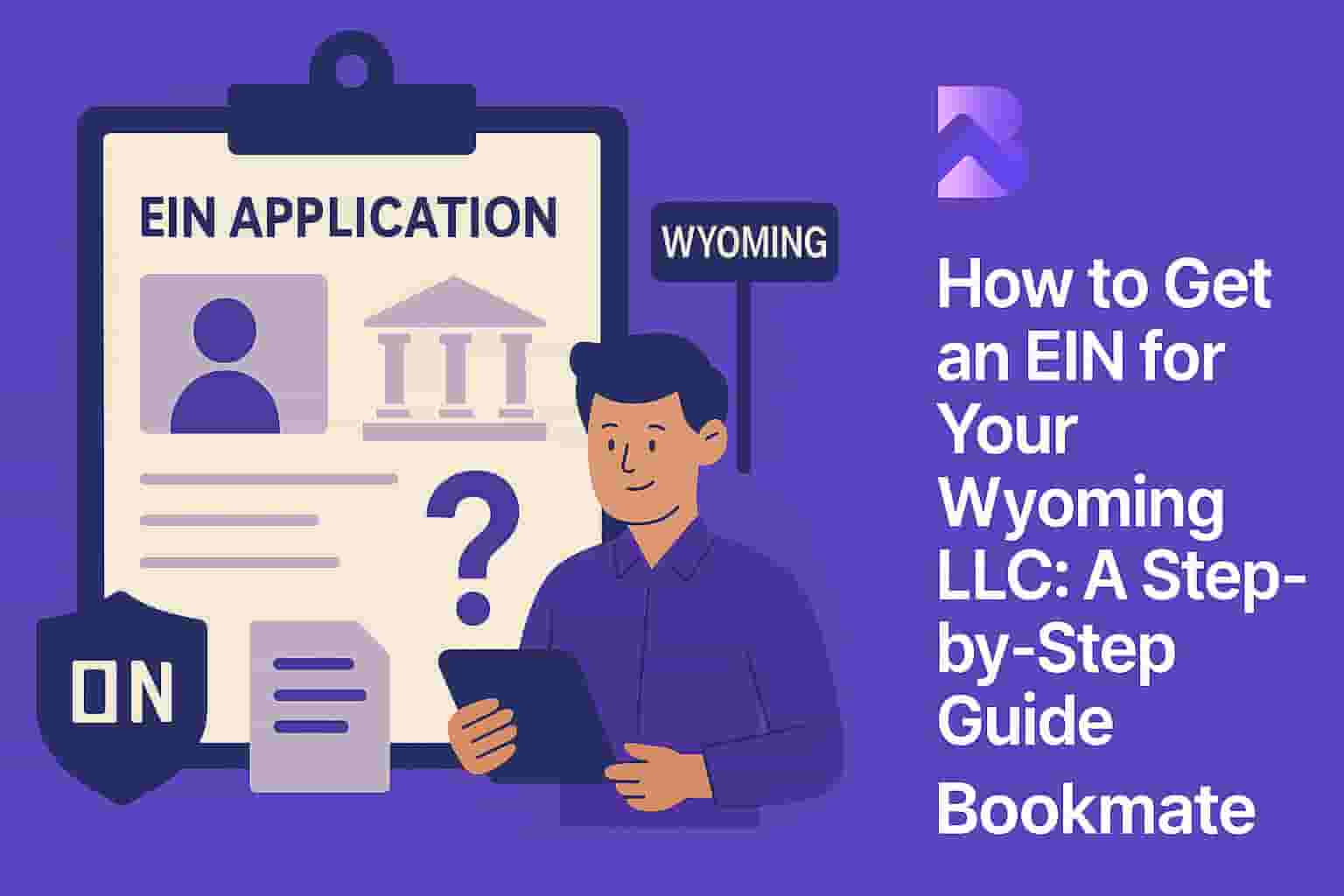For many Indian entrepreneurs launching a U.S.-based business—whether it’s an LLC or a C-Corp—one of the most important questions that comes up is: "How do I pay myself legally and tax-efficiently?" This is especially critical when operating remotely from India, dealing with cross-border payments, and managing U.S. tax compliance.
This guide explains how you can pay yourself from your U.S. business as a non-resident founder, the differences between LLCs and C-Corps, the paperwork involved, and how Bookmate helps make it all easy, remote, and accurate.
Why Paying Yourself Properly Matters
Paying yourself the right way isn't just about getting money into your Indian bank account—it’s about avoiding tax penalties, staying compliant, and making sure your company records are clean in case the IRS ever takes a look.
Founders who skip this step or treat company funds as personal often run into problems like:
- IRS audits
- Disqualification from tax treaties
- Inaccurate tax filings that trigger penalties
- Bank account complications or payment platform freezes (like Stripe or PayPal)
That’s why understanding your structure—LLC vs. C-Corp—is key.
LLC vs. C-Corp: How It Affects Your Payment Method
With a Single-Member LLC, the IRS treats your business as a disregarded entity. That means you don't pay yourself a salary. Instead, you can simply transfer money from your business bank account to your personal account. This is known as an owner’s draw or distribution. It’s flexible, straightforward, and doesn’t require a payroll setup, but it still needs to be tracked carefully and reported correctly—particularly through IRS Form 5472.
If you own a Multi-Member LLC, the IRS classifies it as a partnership. In this setup, each partner gets their share of the profits as outlined in the operating agreement. These are reported through Schedule K-1s, and depending on whether you received U.S.-source income, you may also need to file Form 1040-NR.
In contrast, a C-Corporation is a completely separate legal and tax entity. This means you cannot simply transfer money from the company to yourself. You need to be officially on payroll to receive a salary, which means setting up payroll systems, withholding taxes, and possibly getting an ITIN or U.S. work authorization. Some founders may also take dividends, but this is rare because of double taxation—once at the corporate level, and again personally.
Because of this complexity, many non-resident founders who form a C-Corp will wait until they’ve hired a U.S.-based accountant or decided to restructure before making any payments to themselves.
How to Transfer Money to India from a U.S. Business
When you're ready to move money from your U.S. company to your personal account in India, it’s important to do it properly. If you’re using services like Wise, Payoneer, or a U.S. business bank, always ensure the money is coming directly from the company account—not your personal one. Keep clear records that show the reason for the payment (like a distribution or draw), how much was sent, and to whom.
For single-member LLCs, these payments are usually treated as owner's draws. For multi-member LLCs, they follow the profit-sharing arrangement. And for C-Corps, unless you're officially on payroll, you should not be transferring money to yourself at all. C-Corp owners must go through the correct channels—payroll or dividends—to take money out.
Keeping a paper trail is essential for compliance, especially for forms like 5472 (for LLCs) and 1120 (for C-Corps).
You’ll also need to report foreign income to Indian tax authorities, depending on where the money lands and whether you’re classified as an Indian tax resident.
What Forms You May Need to File
Here’s what U.S. filings may look like depending on your company type:
- Single-Member LLC (foreign-owned): Form 5472 + pro forma 1120
- Multi-Member LLC: Form 1065 + Schedule K-1 + Form 1040-NR (if applicable)
- C-Corp: Form 1120 + possibly Form 5472 if foreign shareholder owns 25% or more
You don’t need to file a personal U.S. tax return unless you earned effectively connected income (ECI) or have a U.S. trade or business.
Do I Need an ITIN to Pay Myself?
Not always. For LLCs, if you’re not earning U.S.-source income and only taking distributions, you likely don’t need an ITIN.
For C-Corps, if you plan to receive salary or dividends, or file a 1040-NR, then an ITIN may be required. Bookmate can help clarify your situation during your initial consultation.
How Bookmate Helps You Get This Right
Bookmate specializes in helping Indian founders who own U.S. LLCs and C-Corps. We understand the full picture—compliance, tax efficiency, and practicality.
Here’s how we work:
- We start with a free Zoom consultation to understand your business, structure, and payment goals.
- We issue an engagement letter and invoice to kick things off.
- You complete a secure web form with your business details.
- We prepare your required IRS filings, making sure all your self-payments are reported correctly.
- We submit your returns by mail, fax, or e-file, depending on the IRS process, and respond to notices if needed.
Everything is done remotely and digitally. You don’t have to print, scan, or mail anything yourself.
Final Thoughts
Getting paid from your U.S. company is more than just sending a transfer. The IRS wants to know how much, when, why, and under what structure. Doing it wrong could cost you thousands in penalties—or worse, shut down your U.S. company.
Bookmate helps you do it right. Whether you’re running a one-person LLC or a Delaware C-Corp backed by investors, we’ll make sure your payments to yourself are fully compliant.
Book a free consultation today or visit trybookmate.co to learn more.
Disclaimer: This article is for educational purposes only. Every tax situation is unique. Please consult a qualified advisor or schedule a consultation with Bookmate.




